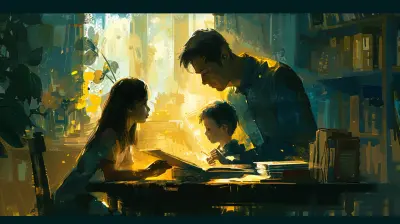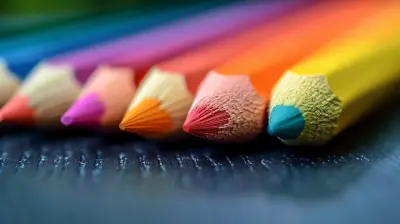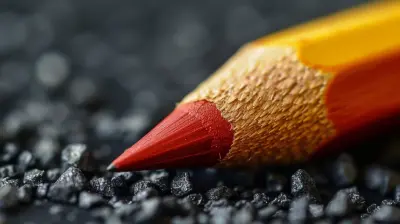Exploring the Arts: Lesson Plans for Music, Drama, and Visual Arts
4 May 2025
The arts have a unique way of unlocking creativity, nurturing self-expression, and fostering emotional growth. Whether it's the soothing rhythm of a melody, the dramatic tension in a play, or the vibrant hues of a painting, each art form offers students an avenue to explore their emotions, build confidence, and develop critical thinking skills.
As an educator, weaving music, drama, and visual arts into your lesson plans isn't just about teaching techniques—it's about igniting passion. In this article, we'll break down engaging lesson plans for these three disciplines to help you create an immersive learning experience for your students.
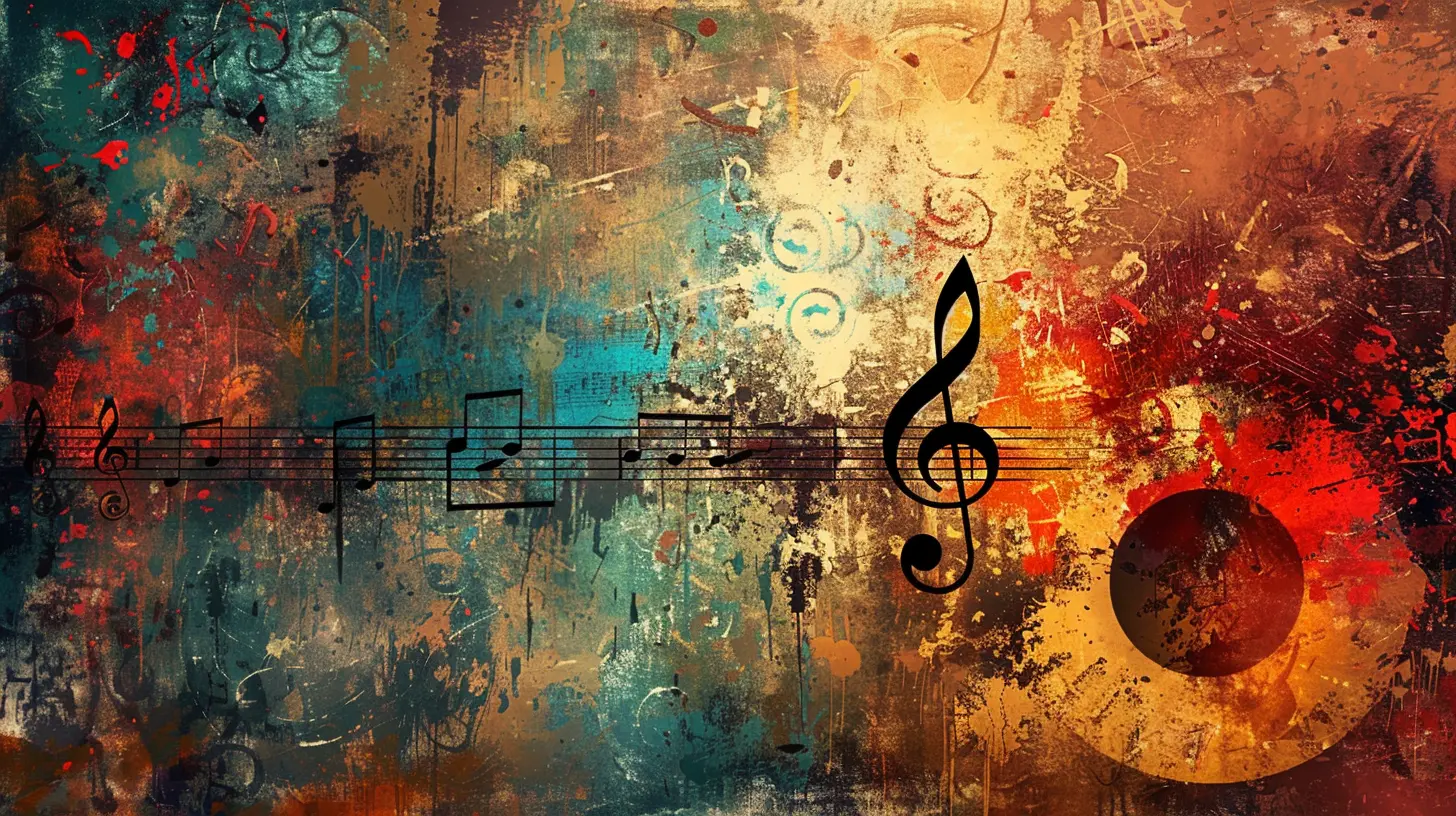
🎵 Music Lesson Plans: Let’s Make Some Noise!
Music is more than just sound—it's a universal language. Teaching music in the classroom is an opportunity to enhance cognitive abilities, improve memory, and build teamwork. Here are a few structured lesson plans to get those musical notes flowing:1. Rhythm and Beat (For Younger Students)
Objective: Understand basic beats and rhythm patterns.Materials: Hand drums, clapping hands, tambourines, or any percussion instrument.
Activity:
- Start with a fun warm-up by clapping simple rhythms and having students repeat them.
- Introduce basic beat patterns (e.g., quarter notes, half notes).
- Play a song and encourage them to tap the beat on their desks.
- Divide the class into small groups, assigning each a different rhythm to play simultaneously, creating a rhythm ensemble.
Wrap-up: Ask students how different rhythms changed the energy of the song.
2. Songwriting Basics (For Middle & High School Students)
Objective: Develop creativity through lyric writing and melody composition.Materials: Paper, instruments (optional), recording device.
Activity:
1. Discuss the structure of a song (verses, chorus, bridge).
2. Have students brainstorm a theme (love, friendship, hope, overcoming challenges).
3. Work in pairs to write short lyrics for a chorus.
4. If possible, use an instrument or an online beat maker to set it to a melody.
5. Share and perform the songs in class.
Wrap-up: Reflect on how songwriting helps express emotions and tell stories.
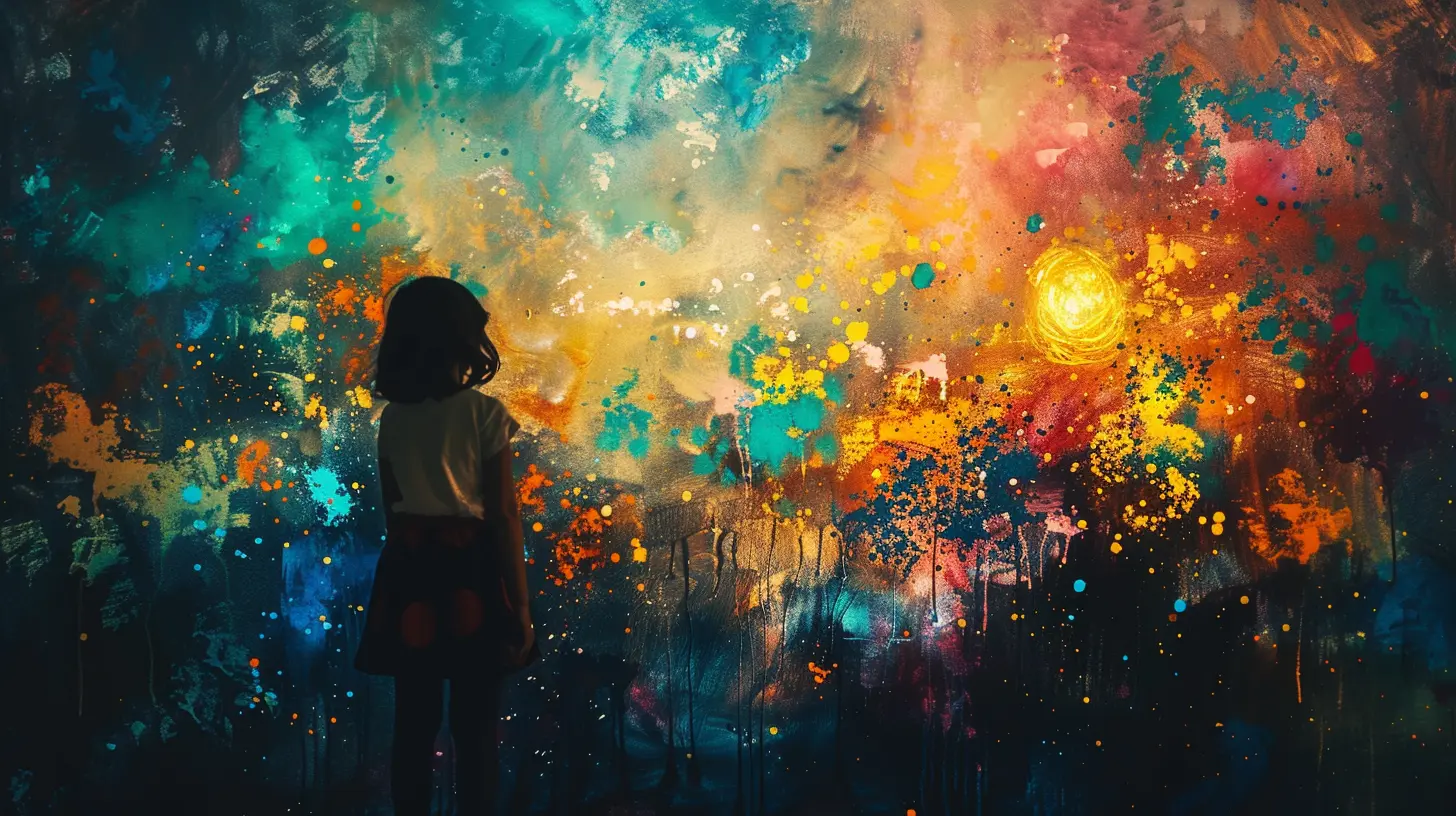
🎭 Drama Lesson Plans: Step into the Spotlight!
Drama isn't just about acting—it's a fantastic way to build confidence, public speaking skills, and empathy. Here are some exciting lesson plans that help students embrace their creative sides.3. Emotion Through Movement (For All Ages)
Objective: Learn how physical movement conveys emotion.Materials: Open space, music (optional).
Activity:
- Start with a simple warm-up—ask students to move around the room as if they are:
- Walking on hot sand
- Moving in slow motion
- Carrying an invisible heavy box
- Discuss how body language and movement convey emotions.
- Play instrumental music and let students improvise movements to express different feelings (happiness, anger, sadness, excitement).
Wrap-up: Discuss how actors rely on movement just as much as dialogue to tell a story.
4. Improv Game: "Yes, And…" (For Middle & High School)
Objective: Improve quick thinking and teamwork skills.Materials: None.
Activity:
1. Pair students up and give them a scenario (e.g., two astronauts on a spaceship).
2. One student starts with a simple sentence (e.g., “Wow, this spaceship is huge!”).
3. The other student must respond beginning with “Yes, and…” followed by adding to the story.
4. The game continues, developing a fun and unpredictable scene.
Wrap-up: Highlight how improvisation encourages creativity, adaptability, and collaboration.
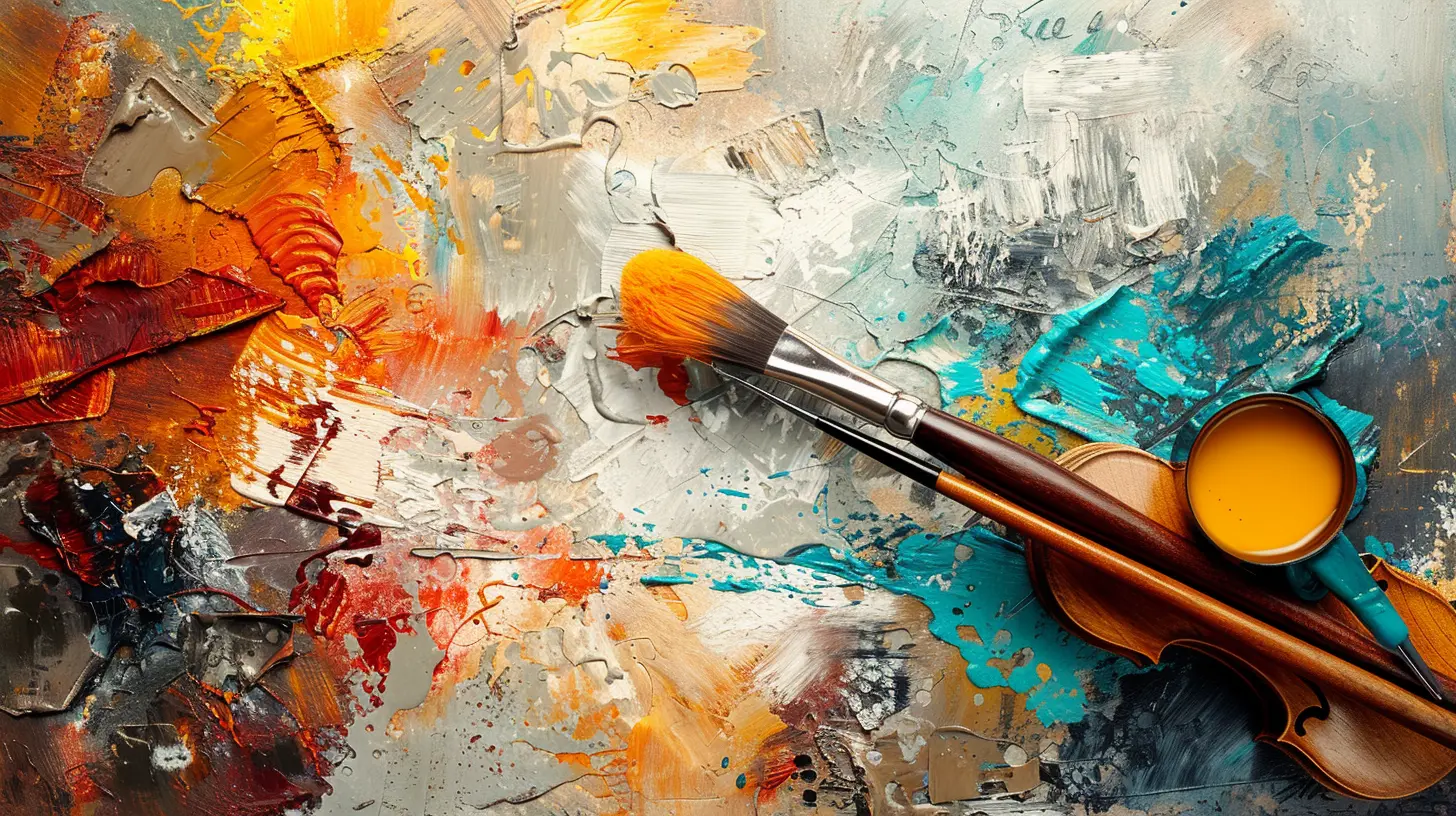
🎨 Visual Arts Lesson Plans: Express Yourself!
From doodling in notebooks to painting masterpieces, visual arts allow students to express themselves in tangible ways. These activities emphasize creativity over perfection, making art accessible to all.5. Self-Portrait with a Twist (For Any Age)
Objective: Encourage self-expression through abstract or realistic self-portraits.Materials: Paper, pencils, paint, mirrors.
Activity:
- Start by discussing famous self-portraits (Van Gogh, Frida Kahlo).
- Ask students to look in a mirror and sketch their features.
- Challenge them to add a creative twist—perhaps their portrait is underwater, as a fantasy character, or surrounded by objects representing their personality.
- Use different mediums (collage, watercolor, or digital art if available).
Wrap-up: Discuss how art allows us to see ourselves from different perspectives.
6. Storytelling Through Comic Strips (For Older Students)
Objective: Develop narrative skills through visual storytelling.Materials: Comic strip templates, markers, colored pencils.
Activity:
1. Discuss elements of a good story—characters, conflict, and resolution.
2. Have students brainstorm a short, fun story idea.
3. Using a comic strip template, let them illustrate their story panel by panel.
4. Encourage adding speech bubbles and simple action lines.
Wrap-up: Reflect on how visual storytelling combines art and literature.
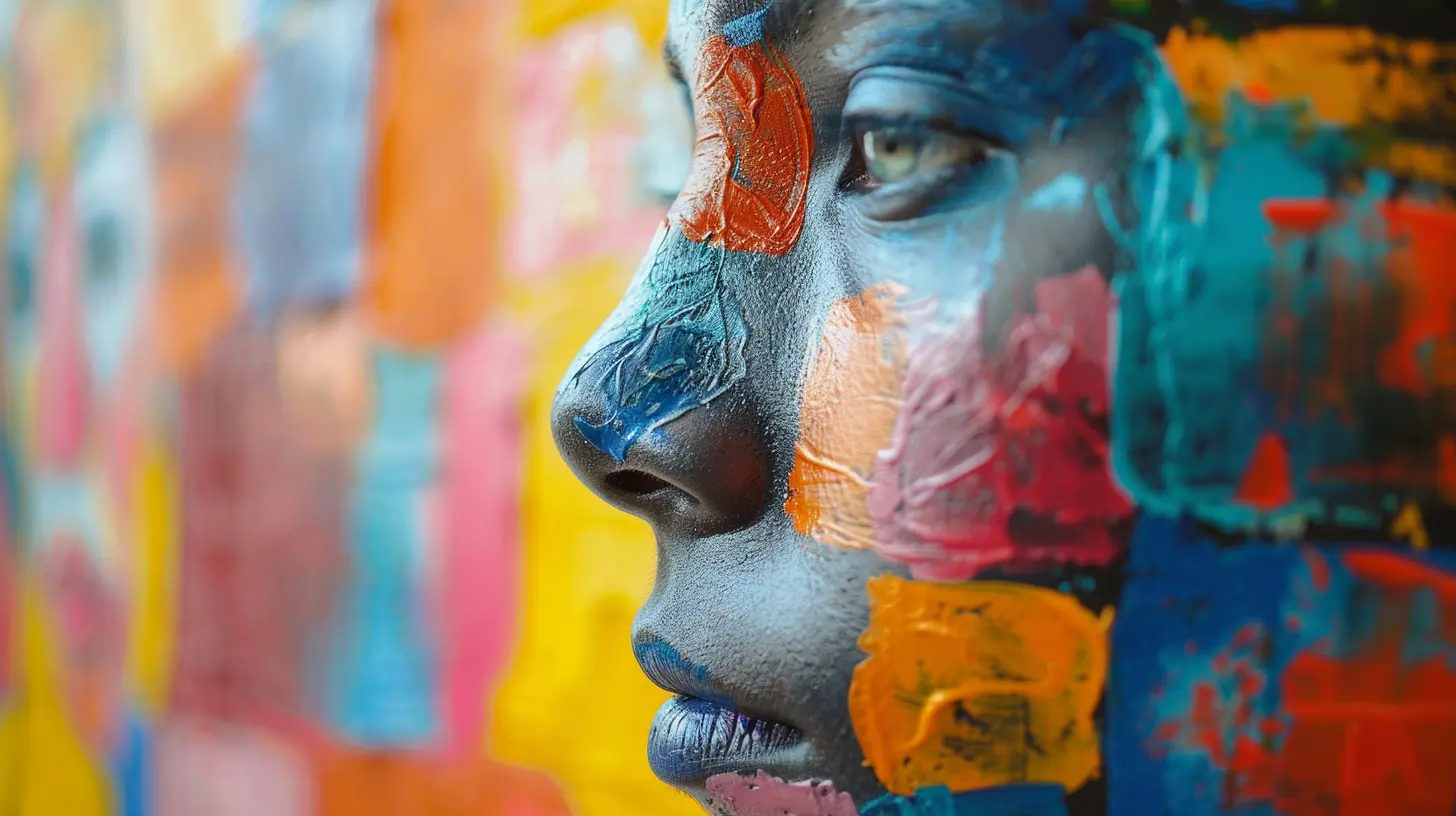
Why Incorporating the Arts Matters
Engaging students in music, drama, and visual arts doesn’t just make class more fun—it enriches their overall learning experience. Arts education fosters problem-solving skills, emotional intelligence, and creativity that extend beyond the classroom.Think about it—when students engage in a drama activity, they’re not just acting; they’re learning empathy. When they create music, they’re not just making sounds; they’re understanding patterns and emotions. Visual arts aren’t just about colors and shapes; they’re about expressing a voice that doesn’t always need words.
So, whether you're a teacher, parent, or mentor, encourage the young minds around you to embrace the arts. Who knows? You might just inspire the next Mozart, Shakespeare, or Van Gogh!
all images in this post were generated using AI tools
Category:
Lesson PlansAuthor:

Eva Barker
Discussion
rate this article
6 comments
Elidi Montgomery
Unlock creativity and ignite passion! This guide empowers educators to engage students through music, drama, and visual arts. Embrace exploration and inspire the next generation of innovative thinkers and creators!
May 17, 2025 at 10:21 AM

Eva Barker
Thank you! I'm excited to see how these lesson plans can inspire both educators and students to unleash their creativity and passion for the arts.
Wyatt Potter
What a fantastic resource! Integrating music, drama, and visual arts into lesson plans makes learning so much more engaging and fun for students. Thanks for sharing!
May 12, 2025 at 12:31 PM

Eva Barker
Thank you! I'm glad you found the resource helpful. Integrating the arts truly enriches the learning experience!
Yazmin Barlow
Unleash creativity: Where finger-painting meets karaoke!
May 11, 2025 at 3:32 AM

Eva Barker
Absolutely! Combining art forms can spark innovative expression and make learning fun!
Christina Wallace
This article sparks my curiosity about incorporating diverse artistic disciplines into lesson plans! I'm eager to learn how specific activities in music, drama, and visual arts can enhance creativity and engagement in the classroom. Excited to explore more!
May 9, 2025 at 10:29 AM

Eva Barker
I'm glad to hear you're excited! Incorporating diverse artistic disciplines can truly enrich lesson plans. Stay tuned for more activities and ideas to boost creativity and engagement!
Wren Lewis
This article offers valuable insights and practical lesson plans that effectively integrate music, drama, and visual arts in education.
May 8, 2025 at 4:55 AM

Eva Barker
Thank you for your positive feedback! I'm glad you found the insights and lesson plans helpful for integrating the arts in education.
Finley McCarthy
Engaging with the arts fosters creativity and critical thinking in students. Integrating music, drama, and visual arts into lesson plans not only enriches learning but also cultivates emotional intelligence and self-expression. By exploring diverse artistic avenues, educators empower students to connect with their world in meaningful ways.
May 4, 2025 at 3:24 AM

Eva Barker
Thank you for highlighting the importance of integrating the arts into education! Your insights on fostering creativity and emotional intelligence underscore the transformative power of artistic exploration in the classroom.
